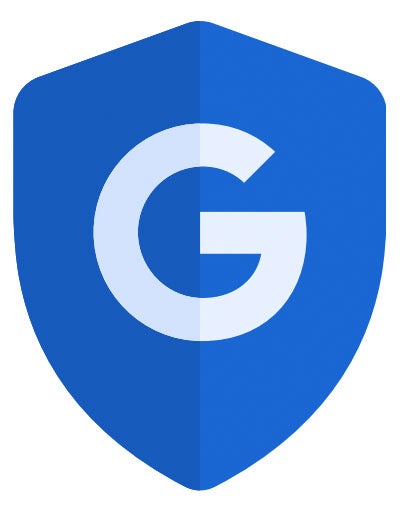On Wednesday, Google shared details on its evolving criteria for blocking advertisers and publishers for ad fraud or misinformation.
Google also rolled out a new consumer-facing tool that offers transparency into the ads that brands serve through its platform.
Fraud and misinformation
Google’s ads business has been accused of inadvertently funding misinformation in the past.
But according to Google, it took action against millions of advertisers and thousands of publishers last year. For these enforcement actions, Google relies on a combination of automated processes and human content reviewers.
In all, Google removed more than 5.2 billion ads, restricted an additional 4.3 billion ads and suspended more than 6.7 million advertiser accounts. On the publisher side, Google blocked or restricted ads from being served on 1.5 billion individual pages and took site-level enforcement action against more than 143,000 sites.
In addition to outright fraud, some of these violations ran afoul of Google’s policies prohibiting misinformation related to democratic elections, harmful claims about COVID-19 and content that contradicts scientific consensus around climate change.
These three enforcement areas led Google to block more than 300,000 publisher pages and more than 24 million ads, Alejandro Borgia, Google’s director of ads privacy and safety, told reporters during a press briefing on Tuesday.
Last year, Google also introduced new policies for content and ads concerning Russia’s invasion of Ukraine. It instituted a “sensitive event” designation that blocks any ads that promote the war or peddle merchandise related to the conflict.
So far, more than 17 million ads have been blocked under this sensitive event policy. Google also demonetized more than 275 Russian state-funded media sites on the basis of spreading misinformation about the war.
These policies are part of Google’s attempt to ensure the open internet’s ad-supported business model remains viable, said Dan Taylor, Google’s VP of global ads.
“If users can’t trust the information and advertising they see online, and if they’re misled by false claims or scams,” he said, “then this whole business model starts to fall apart.”
2022 ad safety in review
Last year, Google added or updated 29 policies to its guidelines for determining ad fraud or misinformation by publishers and advertisers.
These new policies included updates to Google’s global ad-serving protections for teens, such as disabling ad personalization for users younger than 18 and disallowing ads that fall under certain “sensitive” creative categories from being served to under-18s.
Google also expanded its guidelines for acceptable financial services advertising to 10 new countries, including Brazil, India and Portugal. This is a particularly important enforcement area, since Google blocked or removed more than 198 million ads that had violated its financial services policy in 2022 alone.
On top of that, Google gave its policies governing political advertising a refresh.
For example, Google removed a standing exemption that excluded ads for campaign merchandise and political coverage by news organizations from Google’s criteria for acceptable election ads.
Ads Transparency Center
In addition to offering a peek into its content moderation practices, Google also announced a new feature to give users a little more transparency into the brands that advertise on its properties.
The new Ads Transparency Center is a searchable database of every ad creative run by Google-verified advertisers across the Google Ads platform within the past 30 days, including search, display and video formats.
The database also includes basic information about each verified advertiser, such as the company’s legal name and its Google verification status. Ads are broken down by geographic region, so users can see how creative differs depending on the market in which the ad is served.
But for anyone who wants details about how and why the ads were served, the targeting signals or user data used or any info about campaigns beyond creative and region – tough. The transparency center won’t include that information.
Still, the database could be a useful tool for researchers looking into how ad creative varies across geos. However, ad creative will only be available to search within a limited window.
People will be able to access the database through the three-dot menu interface included in every ad placement served through Google’s ad platform or directly via adstransparency.google.com.
Users can also visit the Ads Transparency Center through My Ad Center, a tool Google released last year that lets consumers control their privacy settings through Google’s platform.
The Ads Transparency Center will begin rolling out this week and will be available to all users within the coming months.

















